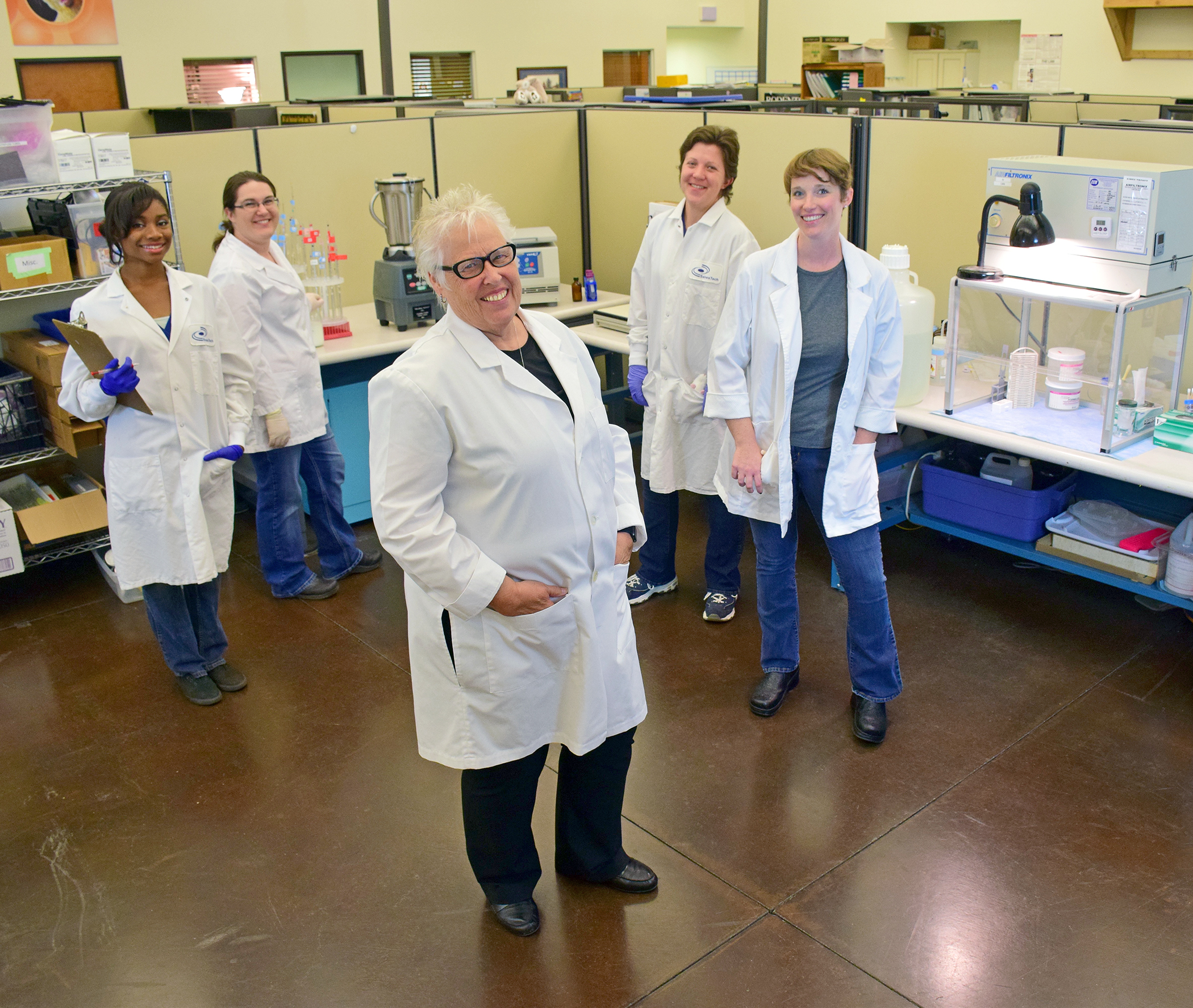
Photo by Jennifer Schaber, Economic Vitality Division, City of Flagstaff
(Full article from RATS Tales Fall 2016)
The average lifespan of a rat is only eight months. But during that time they can produce hundreds of offspring, chew through wiring and insulation, and wreak all kinds of other havoc on humans. Even with raptors and other natural predators doing their jobs, this level of reproduction is problematic, especially in urban and suburban areas, with an overflowing dumpster seemingly next to every shopping mall, restaurant, and apartment building. We are a messy species.
Loretta Mayer, a biologist, Buddhist, and founder of SenesTech, a biotech startup, thinks there is a better way to knock back rat numbers than using poison and other methods of killing.
“We use a very direct approach,” says Mayer. “Our product goes directly to the gonads of the female and male rats. Unlike a hormonal approach, this product does not involve the entire endocrine system.” Mayer explains that ContraPest consists of two active ingredients: the first, 4-vinylcyclohexene diepoxide (“VCD”), reduces the number of eggs in female rats, while the second, a Chinese herb known as triptolide, specifically targets the assembly of sperm in the male rats’ testes, instantly blocking the males from being able to fertilize eggs. Triptolide also reduces ovulation in female rats. “Those two compounds provide a direct impact on the reproductive organs, with no other side effects,” she says.
Mayer got her start developing the product as a post-doctoral fellow studying heart disease in post-menopausal women. Although she had been using VCD to induce menopause-like conditions in female mice and rats, she was compelled by international colleagues to develop a product to feed to both males and females, and was pleasantly surprised when SenesTech co-founder Dr. Cheryl Dyer added triptolide and found that the males became infertile immediately. Mayer explains that as long as the rats consume the compound, they cannot reproduce. After they stop eating it, it takes them two to three months to become fertile again, so the product will need to be used on an ongoing basis, starting with larger amounts for a larger rat infestation and then tapering down as the population decreases, and the rats die of old age.
“We want to keep rat populations at a low level,” says Mayer. “This is something people don’t always understand about ecology and wildlife—that what you want to do is have a safe balance in the environment. You don’t want to kill everything.”
Is there any danger of secondary poisoning of raptors and other wildlife? Mayer says that unlike rat poison, ContraPest has a very short half-life—it clears the rats’ livers in less than 15 minutes—which means that a dog, cat, or raptor would have to eat the rat within that time frame to ingest any of the active ingredients. But what about those ever-so-clever raptors that have learned to wait outside a bait box for a poisoned rodent to emerge?
Mayer is confident that the amount of ContraPest in the rodent would not harm a raptor or mammalian predator. But to be absolutely certain, the product is being tested in a laboratory; it has also been tested in Boston and New York City subways as well as on pig farms in North Carolina, where it caused rat populations to drop by 40 percent in 12 weeks. Once testing is complete, the product will be available in the U.S.—first through licensed pest control operators, and ultimately to the public. “Our concern was that if we made it available to the public and people put it out and didn’t continue to follow up and check the boxes, they could come back and say it didn’t work.”
Mayer believes that no one has put the effort into a non-toxic solution before because people have always assumed that killing rats is the only solution. She mentions the mass poisoning effort to wipe out rats on Alaska’s Rat Island that also killed 46 bald eagles. “I think we can do better than that,” she says. “We want people to understand the concept is that this killing idea is not working out so well. [The poison] is moving up the food chain and devastating our planet.”
